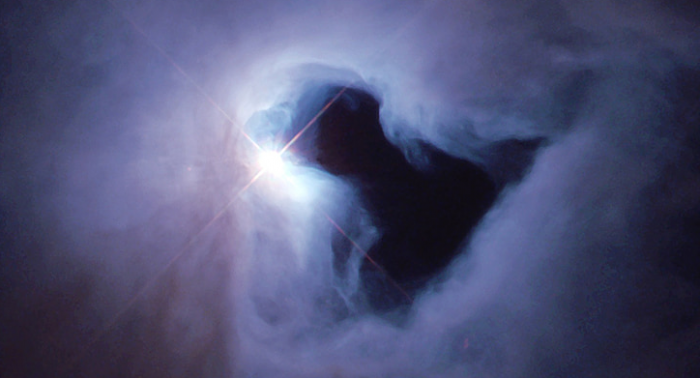Less than 5% of the Universe is made of normal, visible matter; the rest is dark energy (68%) and dark matter (27%). No wonder then that understanding the bigger fraction of matter is a fundamental goal of astrophysics and cosmology. Federico Urban from FZU got an EEA and Norway grant to foster international collaboration on several aspects of dark matter.
“Thanks to this grant I was able to organise a kick-off topical workshop in Prague in September with 13 international speakers and 27 participants, which was then followed up by several one-week scientific visits abroad for people in the three participating institutes: FZU, the Institute of Theoretical Astrophysics in Oslo, and the Centre for Astrophysics and Cosmology of the University of Iceland in Reykjavik. The idea was to train the local groups through specialised lectures and Q&A sessions,” he explains.
The three research groups are focused on the properties and tests of Ultra-Light Dark Matter —a class of dark matter models — and the related topics of screening mechanisms and modified gravity. Their research includes developing better computational tools to simulate the local structure of the Universe in such models.
The goal is to understand if dark matter is made of particles, and if the particles are very light, or if dark matter is a completely different thing. To distinguish which one is true they must develop different theories and then build huge simulations to test them. The final goal would be to combine all the information from the theory and the simulations to test these models against cosmological data.
As the scientists work on related topics and all three groups have similar but not identical knowledge the target was to complement each other’s abilities. The grant enabled them to be trained and to exchange skills, for example, on how to develop dedicated computational codes for dark matter simulations.
All three groups work on models at the interface between theories of dark matter and modified gravity—where they try to go beyond Einstein's theory of General Relativity. In Prague the team is focused on formal aspects as well as astrophysical and cosmological tests of these theories; in Oslo, they are working instead of large cosmological simulations in which they include the effects of modification of gravity; and the scientists in Reykjavik are experts in simulating galaxies and clusters with different types of dark matter theories. Three methods for three sides of the same problem, just written into different languages, which can explain the same phenomena.
